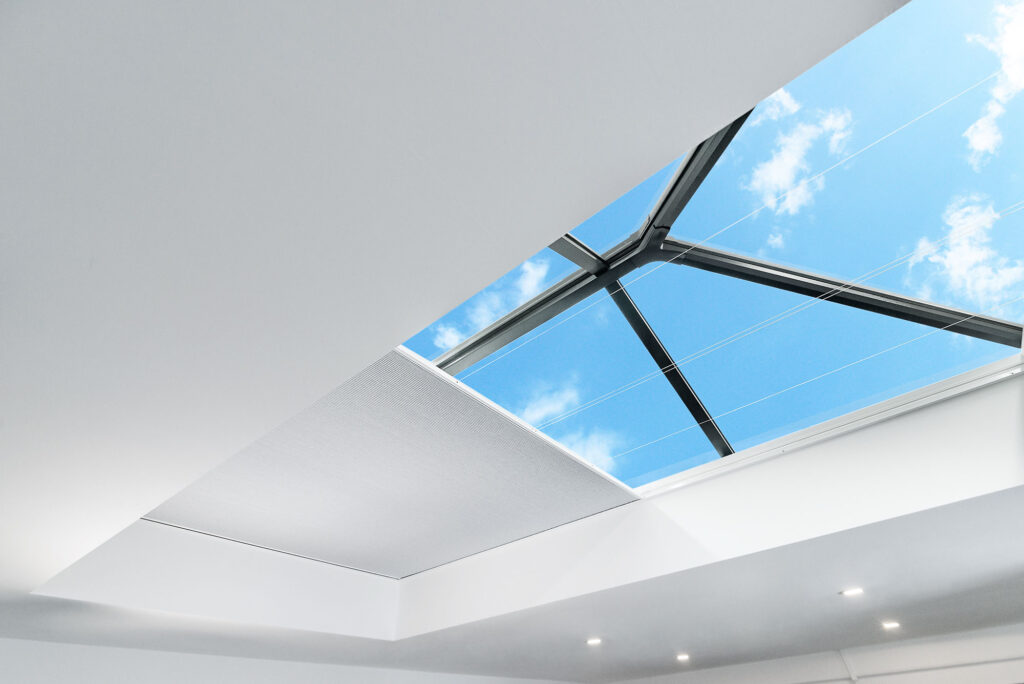You notice something strange. A few droppings. Tiny scratches. Maybe a smell that wasn’t there before. You clean. But somehow the smell doesn’t disappear fully. Or it could disappear for a few days and then come back.
Now you’re wondering, what’s going on? Nothing has changed. Your regular cleaning routine is normal. But something is off.
When that happens, you need a pest control inspection. Remember, these inspections are not just for people with visible bugs. It’s for anyone who wants to be sure. To be sure that their home is safe. To be certain that nothing is growing, chewing, or nesting unseen.
The pest control inspection process is simple, but detailed. Inspectors check everything. Walls. Floors. Pipes. Air vents. They know where pests hide, what early signs look like, and bring tools to see what you can’t.
You don’t want to wait until it’s bad. Pests move fast. They damage wood. Chewing on your expensive coaches. Wires. Food. Sadly, pests quickly spread. They cost. No wonder the pest control industry in the United States boasts a $26.1 billion revenue in 2025 alone. A good inspection catches it early. And gives you a plan.
This article walks you through the process. Step by step. After reading it, you’ll know what to expect. And what to do next.
1. Exterior and Perimeter Assessment
A pest control inspector, such as those at Frontline Pest Control, begins their inspection outside. They look at foundation cracks, gaps in siding, missing caulking, damaged screens, and exposed utility lines. They also check for moisture issues near doors and windows.
Landscapes are examined for standing water. Plant overgrowth, or debris next to walls, is sometimes the sign the inspectors are looking for. These conditions invite pests indoors. As the inspectors conduct this process, they record the findings and save them in databases.
This stage is key for integrated pest management (IPM). It helps eliminate food, water, and shelter. These experts also study mulch, firewood stacks, and patio furniture. Rodents, termites, and spiders often live in those spots.
If entry points are found, recommendations will include sealing or repairs. No spraying is done yet. Just an assessment.
2. Crawl Space, Attics & Basement Inspection
These dark areas are hotspots. Inspectors use strong lights and moisture meters. They inspect the insulation and joists, and check HVAC vents and plumbing. Termites, rodents, and wood-boring insects often leave signs there. Signs could be frass, droppings, or tunnels.
Furthermore, they inspect wiring for rodent damage and may use infrared cameras to spot hidden nest activity or termite heat patterns. In some cases, inspectors look for droppings or nesting material. These signs help them identify active infestations.
3. Interior Rooms & Hidden Corners
Inside, inspectors go room by room. They open cabinets, check under your sinks, behind ovens and refrigerators, inspect window and door frames, search closets, laundry rooms, and storage spaces, to note any droppings, damaged paper or chew marks.
In kitchens, they check under appliances. Bathrooms receive even closer attention. Remember, damp areas attract pests.
Inspectors may tap wood to find termite damage. They may smell musty odors too—possibly mould or rot. Signs of bed bugs include black dots or shell casings on mattress seams.
4. Tool Use and Detection Methods
Inspectors rely on tools beyond flashlights.
- Moisture meters find wet spots that attract termites or mold.
- Infrared cameras detect temperature changes behind walls.
- Laser thermometers help locate nests.
Some inspectors use bed bug scent-detection dogs. However, positive canine alerts are always followed by a visual confirmation.
The combination of tools and trained eyes provides a thorough evaluation. This ensures even hidden pockets of infestation are likely identified.
5. Pest Species Identification
Locating pests is only part of the job. Technicians, after noticing signs of infestation, go ahead to identify the species.
Do you have a rodent infestation? Are they cockroaches? If termites, what termite varieties are they? The pests could also be ants, bed bugs, spiders, and bees. Whichever the pest, the pest inspection expert must identify the pest species fully.
Each pest type needs a tailored approach.
- Termites require structural treatment.
- Rodents need exclusion and trapping.
- Bed bugs call for specialized treatments.
Identifying the species also determines treatment urgency. Some pests, like carpenter ants or termites, eat wood and cause structural damage. These need fast action. Image Source
6. Report & Treatment Recommendations
After inspection, inspectors share a detailed report. The report lists areas inspected, tools used, pests found, and structural issues. It may include;
- Photos or diagrams that highlight problem locations.
- Outlines the next steps. It could be sealing cracks or fixing leaks.
- Recommendations include removing debris, applying baits or treatments, or scheduling follow-up visits.
- Suggestion for regular inspections—quarterly or annual, depending on climate and pest pressure.
The report gives homeowners a clear roadmap for action.
Conclusion
As many in the pest control industry know, an effective pest control inspection is specifically targeted, meticulous and exact.
That said, a pest control inspection report is an excellent resource for learning about entry paths, pests, and structural risks. It saves lives, and protects your health and property.
Armed with a report and remediation recommendations, property owners can take appropriate action. You can embark on repairs, cleaning, and treatments. A thorough quality inspection will save you money and heartache in the long term.
No doubt, it is as necessary as an investment in your future home. It enhances your happiness and peace of mind, shapes what gets maintained and prevented in all of the subsequent years that follow.



